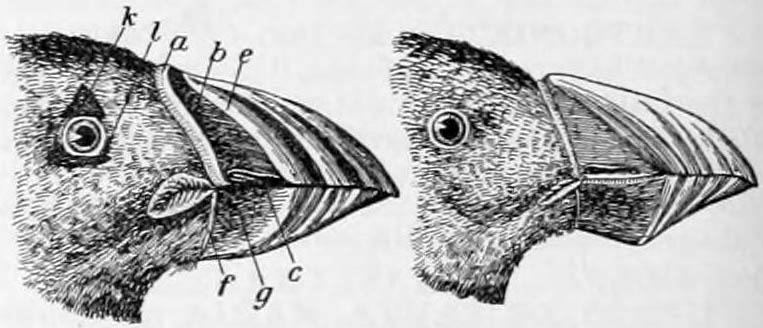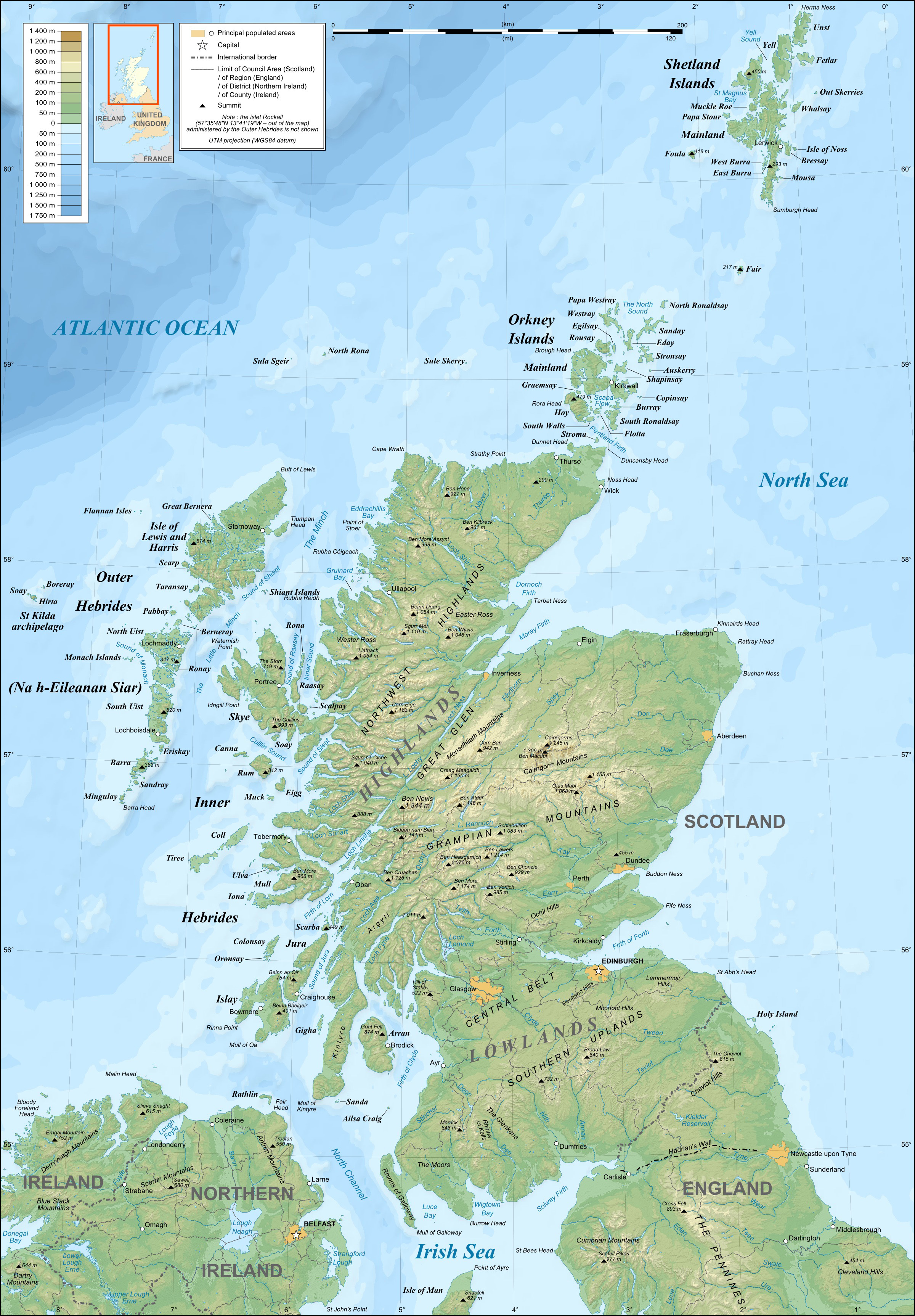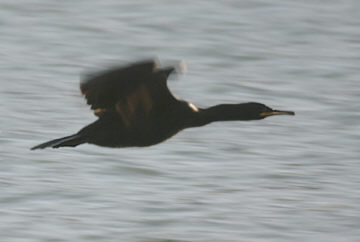|
Sule Stack
Sule Stack or Stack Skerry is an extremely remote island or stack in the North Atlantic off the north coast of Scotland. It is formed of Lewisian gneiss. Sule Stack lies north of the Scottish mainland, and west of the Orkney mainland, at . Sule Stack's sole neighbour, Sule Skerry, lies northeast and the remote islands of Rona and Sula Sgeir lie further to the west. Sule Stack and Sule Skerry are home to thousands of gannets and as a result are listed as a special protection area; the island falls within the administrative region of the Orkney Islands. The island (along with Sule Skerry) has been designated an Important Bird Area (IBA) by BirdLife International because it supports breeding populations of several species of seabirds. Bird species nesting on the stack include: *Razorbill ''Alca torda'' *Atlantic puffin ''Fratercula arctica'' *Fulmar ''Fulmarus glacialis'' *Great black-backed gull ''Larus marinus'' * Common shag '' Phalacroco ... [...More Info...] [...Related Items...] OR: [Wikipedia] [Google] [Baidu] |
Atlantic Puffin
The Atlantic puffin ('), also known as the common puffin, is a species of seabird in the auk family (biology), family. It is the only puffin native to the Atlantic Ocean; two related species, the tufted puffin and the horned puffin being found in the northeastern Pacific. The Atlantic puffin breeds in Russia, Iceland, Ireland, Great Britain, Britain, Norway, Greenland, Newfoundland and Labrador, Nova Scotia, and the Faroe Islands, and as far south as Maine in the west and France in the east. It is most commonly found in the Westman Islands, Iceland. Although it has a large population and a wide range, the species has declined rapidly, at least in parts of its range, resulting in it being rated as Vulnerable species, vulnerable by the IUCN. On land, it has the typical upright stance of an auk. At sea, it swims on the surface and feeds on zooplankton, small fish, and crabs, which it catches by diving underwater, using its wings for propulsion. This puffin has a black crown and bac ... [...More Info...] [...Related Items...] OR: [Wikipedia] [Google] [Baidu] |
Important Bird Areas Of Orkney
Importance is a property of entities that matter or make a difference. For example, World War II was an important event and Albert Einstein was an important person because of how they affected the world. There are disagreements in the academic literature about what type of difference is required. According to the causal impact view, something is important if it has a big causal impact on the world. This view is rejected by various theorists, who insist that an additional aspect is required: that the impact in question makes a value difference. This is often understood in terms of how the important thing affects the well-being of people. So in this view, World War II was important, not just because it brought about many wide-ranging changes but because these changes had severe negative impacts on the well-being of the people involved. The difference in question is usually understood counterfactually as the contrast between how the world is and how the world would have been withou ... [...More Info...] [...Related Items...] OR: [Wikipedia] [Google] [Baidu] |
Sites Of Special Scientific Interest In Orkney
Site most often refers to: * Archaeological site * Campsite, a place used for overnight stay in an outdoor area * Construction site * Location, a point or an area on the Earth's surface or elsewhere * Website, a set of related web pages, typically with a common domain name It may also refer to: * Site, a National Register of Historic Places property type * SITE (originally known as ''Sculpture in the Environment''), an American architecture and design firm * Site (mathematics), a category C together with a Grothendieck topology on C * ''The Site'', a 1990s TV series that aired on MSNBC * SITE Intelligence Group, a for-profit organization tracking jihadist and white supremacist organizations * SITE Institute, a terrorism-tracking organization, precursor to the SITE Intelligence Group * Sindh Industrial and Trading Estate, a company in Sindh, Pakistan * SITE Centers, American commercial real estate company * SITE Town, a densely populated town in Karachi, Pakistan * S.I.T.E Indust ... [...More Info...] [...Related Items...] OR: [Wikipedia] [Google] [Baidu] |
Special Protection Areas In Scotland
This is a list of Special Protection Areas (SPAs) in Scotland. Notes {{notelist ReferencesSpecial Protection Areas – List of sites: Scotland Special Protection Areas in Scotland, Lists of protected areas of Scotland, Special protection areas in Scotland ... [...More Info...] [...Related Items...] OR: [Wikipedia] [Google] [Baidu] |
British Birds (magazine)
''British Birds'' is a monthly ornithology magazine that was established in 1907. It is now published by BB 2000 Ltd, which is wholly owned by The British Birds Charitable Trust (registered charity number 1089422), established for the benefit of British ornithology. Its circulation in 2000 was 5,250 copies; its circulation peaked at 11,000 in the late 1980s. The current editor is Stephen Menzie. ''British Birds'' is aimed at serious birdwatchers and ornithologists, rather than the more casual birdwatchers catered for by some other magazines on the subject. It publishes the findings of the British Birds Rarities Committee. Its mascot, and later logo, the red grouse, was chosen because at the time it was then considered an endemic British species; though subsequently long considered a subspecies of the willow grouse, further study resulted in it being returned to separate species status in 2024. In 1916, ''British Birds'' magazine absorbed ''The Zoologist'', due to the latter's ... [...More Info...] [...Related Items...] OR: [Wikipedia] [Google] [Baidu] |
List Of Outlying Islands Of Scotland
The outlying islands of Scotland are not part of the larger archipelagos and island groups of Scotland—the Hebrides, the Northern Isles or the Islands of the Forth and Islands of the Clyde, Clyde estuaries. None of these islands are currently inhabited and few of them ever were, although Hirta was occupied from the Neolithic age until 1930 and Stroma, Scotland, Stroma was permanently occupied until the 1970s and thereafter by lighthouse keepers and their families until 1996. Several other outlying islands have lighthouses, none of which is still staffed. In this list, an island is defined as "land that is surrounded by seawater on a daily basis, but not necessarily at all stages of the tide, excluding human devices such as bridges and causeways". A complication relating to membership of this list is that there are various descriptions of the scope of the Hebrides, the large group of islands that lie off Scotland's west coast. The ''Collins Encyclopedia of Scotland'' describe ... [...More Info...] [...Related Items...] OR: [Wikipedia] [Google] [Baidu] |
Common Guillemot
The common murre or common guillemot (''Uria aalge'') is a large auk. It has a circumpolar distribution, occurring in low-Arctic and boreal waters in the North Atlantic and North Pacific. It spends most of its time at sea, only coming to land to breed on rocky cliff shores or islands. Common murres are fast in direct flight but are not very agile. They are highly mobile underwater using their wings to 'fly' through the water column, where they typically dive to depths of . Depths of up to have been recorded. Common murres breed in colonies at high densities. Nesting pairs may be in bodily contact with their neighbours. They make no nest; their single egg is incubated between the adult's feet on a bare rock ledge on a cliff face. Eggs hatch after ~30 days incubation. The chick is born downy and can regulate its body temperature after 10 days. Some 20 days after hatching, the chick leaves its nesting ledge and heads for the sea, unable to fly, but gliding for some distance with ... [...More Info...] [...Related Items...] OR: [Wikipedia] [Google] [Baidu] |
Northern Gannet
The northern gannet (''Morus bassanus'') is a seabird, the largest species of the gannet family, Sulidae. It is native to the coasts of the Atlantic Ocean, breeding in Western Europe and Northeastern North America. It is the largest seabird in the northern Atlantic. The sexes are similar in appearance. The adult northern gannet has a mainly white streamlined body with a long neck, and long and slender wings. It is long with a wingspan. The head and nape have a buff tinge that is more prominent in breeding season, and the wings are edged with dark brown-black feathers. The long, pointed bill is blue-grey, contrasting with black, bare skin around the mouth and eyes. Juveniles are mostly grey-brown, becoming increasingly white in the five years it takes them to reach maturity. Nesting takes place in Bird colony, colonies on both sides of the North Atlantic Ocean, Atlantic, the largest of which are at Bass Rock (75,000 pairs as of 2014), St. Kilda, Scotland, St. Kilda (60,000 pairs ... [...More Info...] [...Related Items...] OR: [Wikipedia] [Google] [Baidu] |
Arctic Tern
The Arctic tern (''Sterna paradisaea'') is a tern in the family Laridae. This bird has a circumpolar breeding distribution covering the Arctic and sub-Arctic regions of Europe (as far south as Brittany), Asia, and North America (as far south as Massachusetts). The species is strongly migratory, seeing two summers each year as it migrates along a convoluted route from its northern breeding grounds to the Antarctic coast for the southern summer and back again about six months later. Recent studies have shown average annual round-trip lengths of about for birds nesting in Iceland and Greenland and about for birds nesting in the Netherlands. These are by far the longest migrations known in the animal kingdom. The Arctic tern nests once every one to three years (depending on its mating cycle). Arctic terns are medium-sized birds. They have a length of and a wingspan of . They are mainly grey and white plumaged, with a red/orange beak and feet, white forehead, a black nape and ... [...More Info...] [...Related Items...] OR: [Wikipedia] [Google] [Baidu] |
Common Shag
The European shag or common shag (''Gulosus aristotelis'') is a species of cormorant. It is the only member of the monotypic genus ''Gulosus''. It breeds around the rocky coasts of western and southern Europe, southwest Asia and north Africa, mainly wintering in its breeding range except for the northernmost birds. In Britain this seabird is usually referred to as simply the shag. The scientific genus name derives from the Latin for glutton. The species name ''aristotelis'' commemorates the Greek philosopher Aristotle. Taxonomy The European shag was formerly classified within the genus ''Phalacrocorax'', but a 2014 study found it to be significantly more diverged than the clade containing ''Phalacrocorax'' and ''Urile'', but basal to the clade containing ''Nannopterum'' and ''Leucocarbo'', and thus classified it in its own genus, ''Gulosus''. The IOC followed this classification in 2021. ''Gulosus'' is thought to have split from the ''Nannopterum''-''Leucocarbo'' clade between ... [...More Info...] [...Related Items...] OR: [Wikipedia] [Google] [Baidu] |





